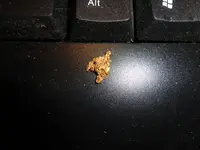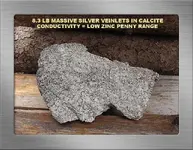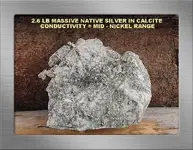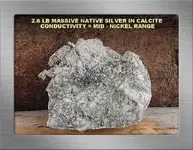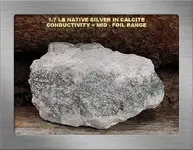Jim Hemmingway
Hero Member
Please click on the attached link to view an updated version of this report, located on the Canada sub-forum... thankyou... Jim.
http://www.treasurenet.com/forums/canada/282315-electronic-prospecting-silver-country.html
Jim.
http://www.treasurenet.com/forums/canada/282315-electronic-prospecting-silver-country.html
Jim.
Last edited:
Upvote
0




